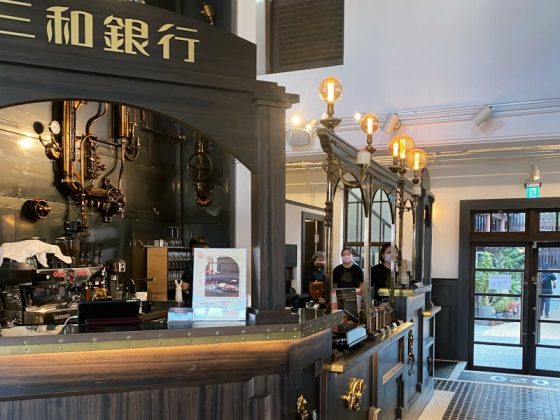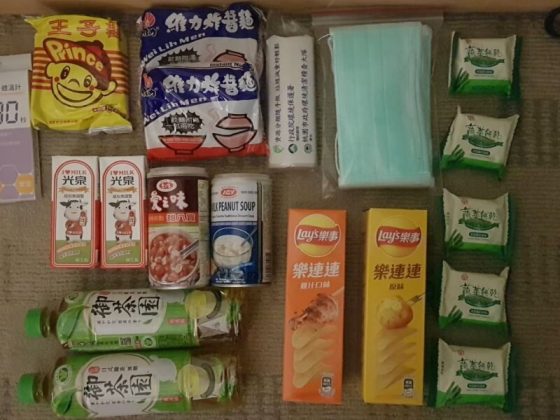Yongan, a rural district on the industrial northern fringes of Kaohsiung City, was a center of southern Taiwan’s active fish farming industry throughout the 1900s. But after a climate-related disaster decimated stocks in 2016, authorities began work to redevelop the area for tourism. We visited Xingang Community, a fishing village on the Yongan coast, to learn more about local aspirations to start attracting visitors to the area.
Bouncing Back from Catastrophe
Known as Wushulin (“black mangrove forest”) for the dark clusters of trees dotted around the district, Yongan’s economy once relied on salt works and fishing, later becoming an important area for grouper farming. But in 2016, a record cold snap hit Taiwan, and several days of icy temperatures ravaged local stocks, causing losses of several hundred million NT dollars. The disaster caused an exodus of young people, forcing understaffed business owners and authorities to think of ways to develop the fragile economy using the resources on their doorstep.
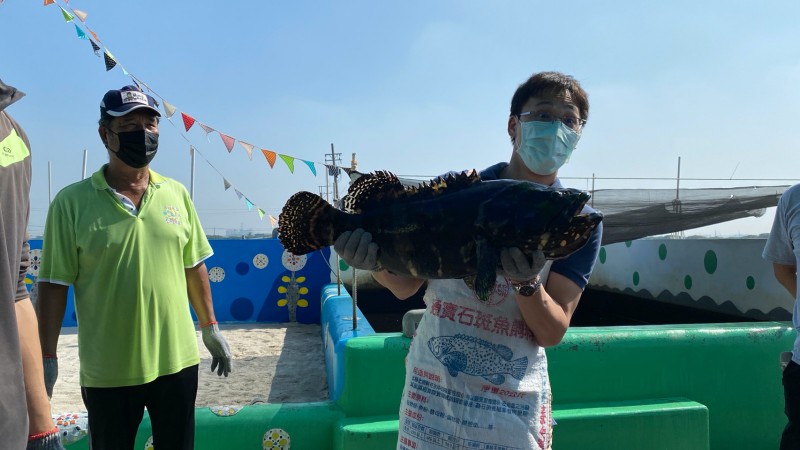
Linking Local Resources, Community Development, and Tourism
Given grouper farming’s importance to the local economy, fishermen in Yongan were eager to first find a way to keep their stocks safe and healthy in the event of a future cold snap.
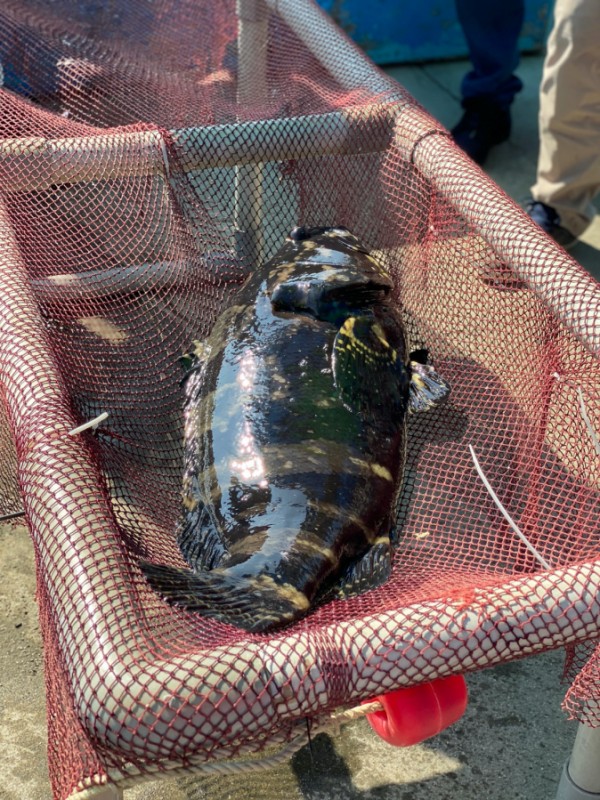
Chairman of the Yongan Xingang Community Development Association Su Kuo-jen (蘇國禎) established a toxic-free farming technique that could achieve this while meeting food safety standards. He noticed that sea water that cold clean seawater used at the nearby CPC powerplant could be used to moderate the water temperatures of the grouper farms, keeping them at the 22 to 28 degrees Celsius ideal for grouper farming. This resulted in an noticeable improvement in survival rates and flavor.

Together with his daughter Su Yu-hsuan (蘇郁喧), Kuo-jen now hopes to open the grouper farms up to tourism. Kaohsiung’s fisheries have been working to attract visitors for a couple of years now, and the pair hope to bring more attention to smaller-scale businesses. At the “one-day fisherman” experience at Su’s Giant Grouper Story House experience you can learn everything there is to know about these massive fish, the local environment, as well as tuck into freshly cooked grouper dishes.
Restoring the Yongan Waterfront
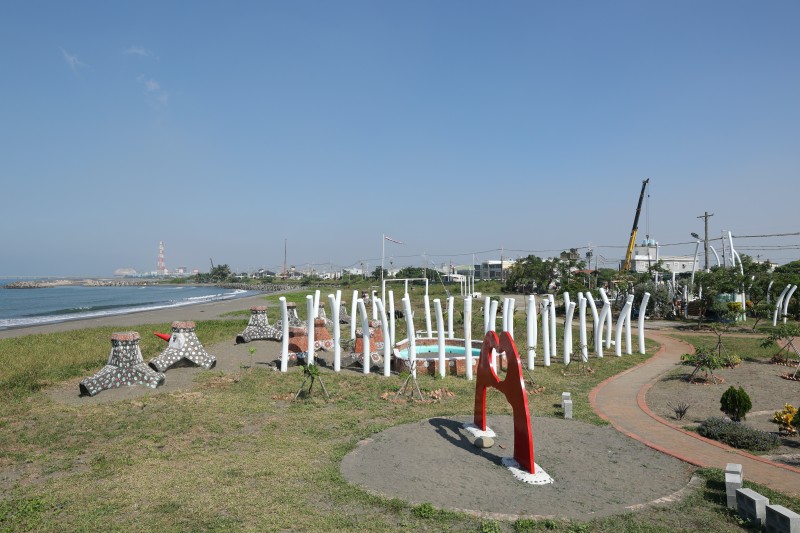
Grouper tours aren’t the only way that authorities are hoping to attract visitors to Yongan. A short drive from Su’s farm, Xingang Fishing Harbor Beach is an example of the community’s efforts to beautify the district’s mostly industrial coast. Formerly an ugly strip of tetrapods and abandoned fishing vessels, local volunteers turned it into a fairly amusing waterfront park built using recycled materials they found along the coast. Of course, it still might take a few more years of redevelopment before Yongan is worth visiting for the views, but thanks to the hard work of community activists, the district certainly has potential as a future tourist destination.
Looking for things to do in and around Kaohsiung?


